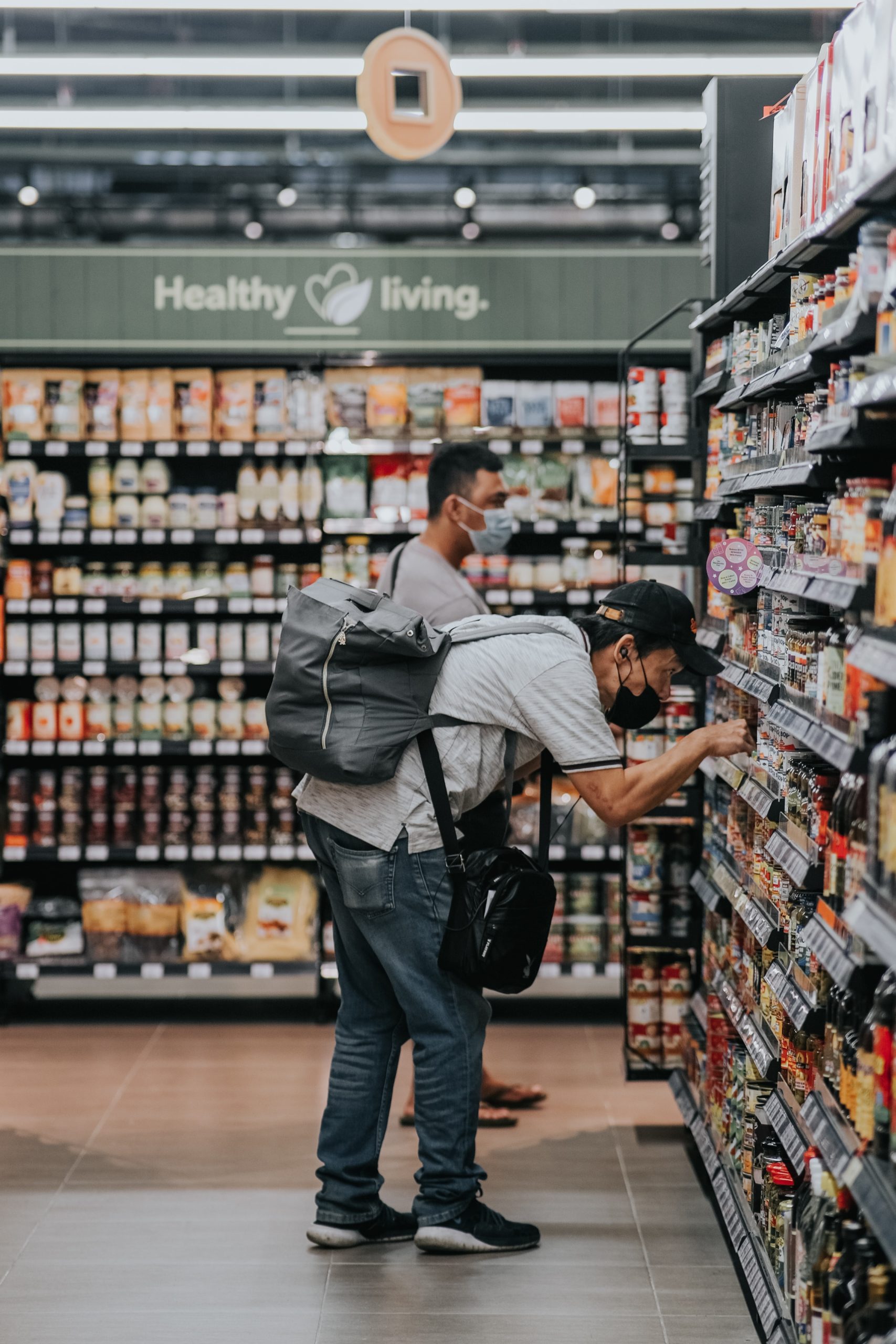If you’re like most manufacturers of perishable products, you want to rest assured that those products will retain their appeal to buyers no matter how long they must sit on store shelves. Packaging choices can make all the difference between a product that stands the test of time and one that emerges from its box or bag in less-than-prime condition.
Flexible packaging has a great deal to offer as a means of maximizing your products’ shelf life. Take a look at four key ways this form of packaging can help you minimize shrinkage while maximizing your brand’s reputation for quality.
1. Resisting Moisture
Moisture is a major enemy of many perishable goods. You can imagine what a little water infiltration might do to the consistency of bath bombs or crispy snacks.
Moisture can also promote mold and mildew growth, which in turn could force store personnel to yank your products off of their shelves. Even a product that appears sellable on the outside may be ruined on the inside, potentially ruining your brand’s reputation in the process.
Flexible packaging does a fine job of keeping moisture out of your products. Thin, flexible plastics naturally resist moisture infiltration. Even paper-based packaging can ward off moisture as long as it has an inner lining designed to that purpose. A stand up bag with such a lining can remain intact long after ordinary cardboard packaging has gone soggy or moldy.
2. Blocking Ultraviolet Light
The artificial lighting found in most stores shouldn’t affect most products’ shelf life — but the light you should really be worried about is the light your customers can’t even see.
Ultraviolet (UV) light may be invisible to the human eye, but its effects on perishable goods such as spices, snacks, and coffee or tea can be all too apparent. UV radiation can cause colors to fade and nutrients to degrade, spoiling the food product you worked so hard to perfect. Many of the retailers that stock your products may place them near sunlight, which is made up of both visible and UV light.
You won’t have these concerns if you contain your products in flexible packaging made from light-resistant materials. Foil-lined packaging provides the ultimate barrier protection and blocks the transmission of UV rays, keeping your products fresher, especially if they must sit in or near a store window.
3. Absorbing Oxygen
Oxygen can spoil a variety of sensitive products just as readily as moisture or light, although some products may prove more sensitive to its effects than others.
Even the small amount of oxygen trapped inside a bag can cause that bag’s contents to go stale, dry out, or lose their favor. Products such as beef jerky can easily suffer damage due to fungal and bacterial growth promoted by trapped oxygen.
Oxygen absorbers are often added to flexible packaging, such as stand up bags, that eliminate that unwanted element. At the same time, the impermeable materials that make up the rest of the package keep outside oxygen from getting in.
4. Extending Freshness After Opening
Shelf life isn’t just a concern during the period that the product sits on a store shelf; it also matters to consumers who buy the product, take it home, and use it on repeated occasions.
Flexible packaging can help your products enjoy a longer pantry shelf life through their incorporation of zipper-style resealable tops. The longer your product stays fresh in your customers’ homes, the more likely your customers will be inclined to buy them again and again.
You’ll find all of these desirable qualities in Copious Bags’ flexible stand up bags. If you’re looking for longer shelf life and happier customers, check out our selection of products!


